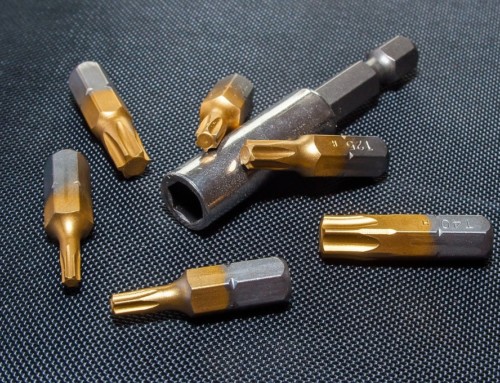
Good dental care is part of human health. Image credit claimfame.com
ZIMSEC O Level Combined Science Notes: Teeth and tooth decay
- While people enjoy food of all varieties
- Some types of food
- For example sweets, chocolates, carbonated drinks, cakes and biscuits are not good for our teeth
- These are foods that are high in sugar content
- Foods that are better for dental health are those that have more fibre
- This is because ending a meal with such foods helps to clean the tooth surfaces
Tooth decay

Structure of a tooth. Image credit solankidental.com
- After eating a meal some food is always left on the teeth
- If it is not removed by brushing/cleaning it builds up a layer
- This layer is known as plaque
- Plaque –is a thin layer of food that remains on the tooth surface and contains bacteria
- The bacteria breaks down food that remains on tooth surfaces producing acids
- The acids destroys the hard enamel layer that protects the tooth surface
- This allows holes to form leading to the eventual decay of the tooth
Stages of tooth decay

Stages in tooth decay. Image credit eschooltoday.com
- The first stage is when the hard enamel layer is destroyed
- No pain is felt at this stage
- A cavity(hole) forms on the surface of the tooth
- When this hole reaches the dentine layer tooth sensitivity increases
- Pain is felt when the tooth is exposed to extreme temperatures for example a cold or hot substance results in sharp pain
- The tooth can be filled by a dentist using a cavity filler at this stage
- When the cavity opening reaches the pulp cavity a severe toothache (pain) results
- This is because blood capillaries and nerve endings become exposed
- The tooth will have to be removed at this stage
Dental care
- When it comes to dental hygiene prevention is better than cure
- Teeth should be brushed regularly and after every meal
- Eating between meals should be avoided as it leaves food particles in the mouth
- Proper toothpaste must be used as they:
- Contain granules that can help rub plaque from off tooth surfaces
- Have an alkali that neutralizes the acid left by bacteria
- Brushing should consists of between one to three minutes of gentle brushing
- A balanced diet ensures healthy teeth developement
To access more topics go to the Combined Science Notes page







